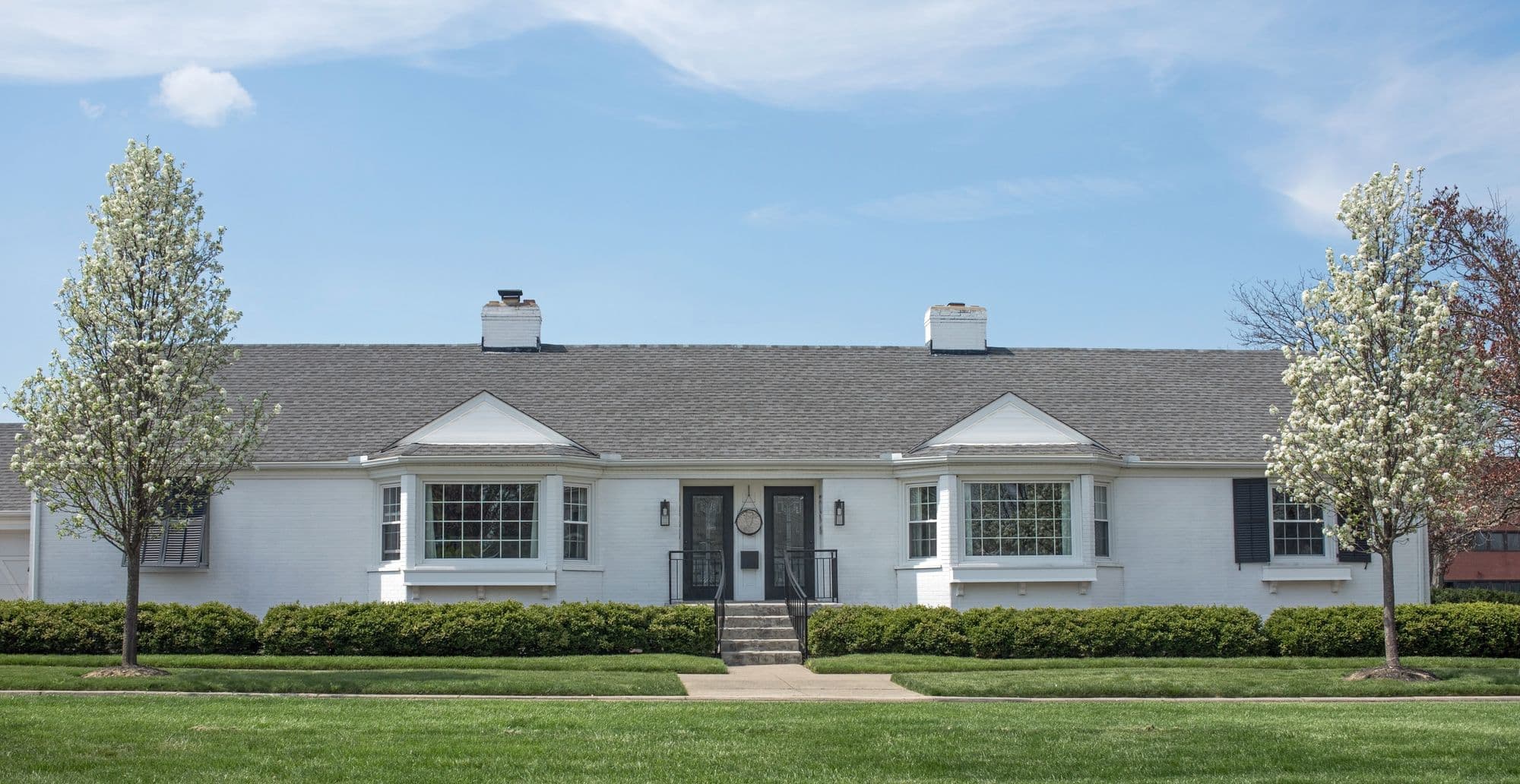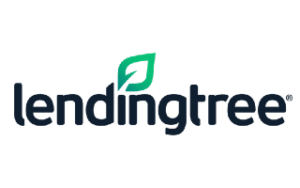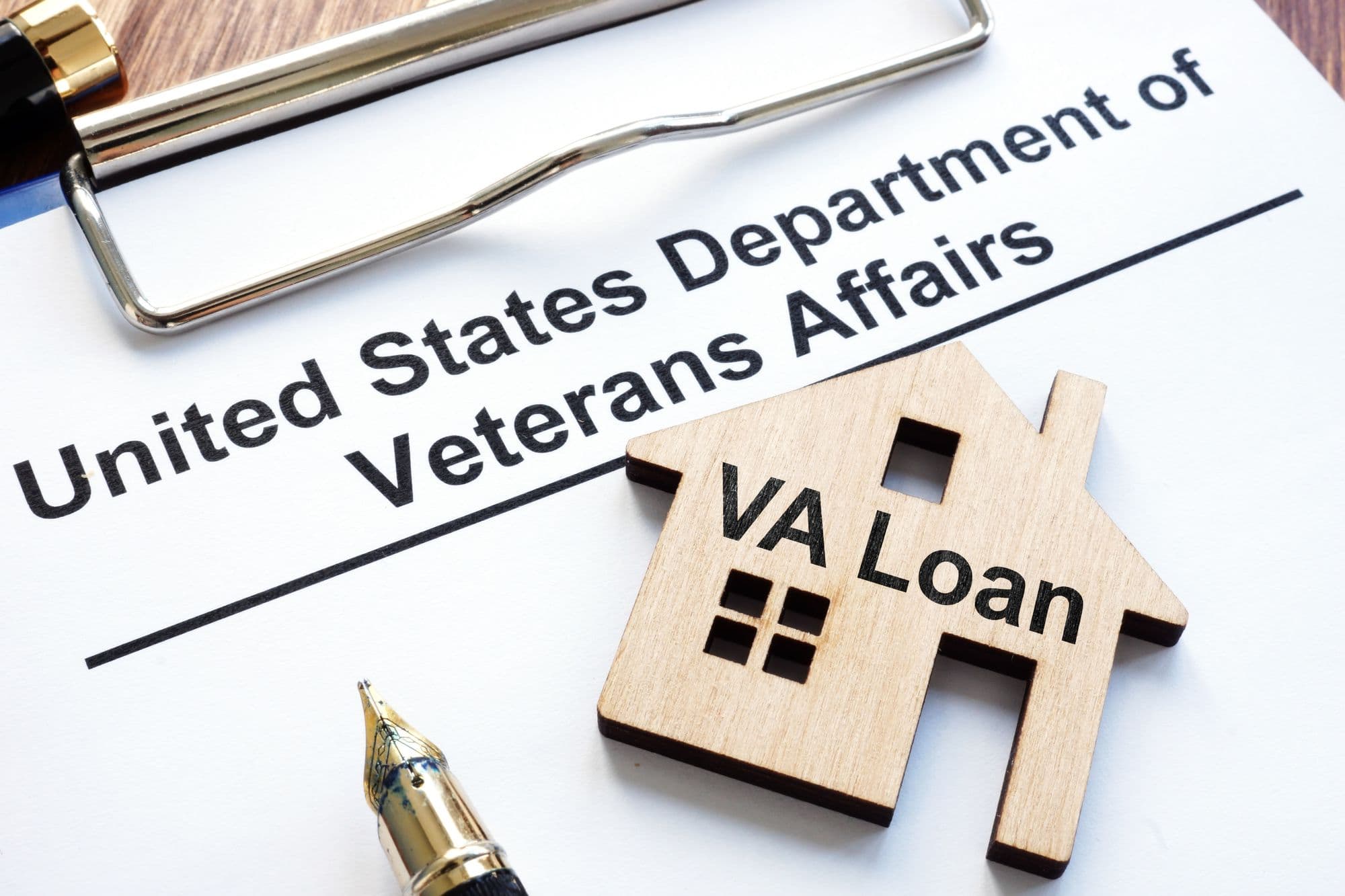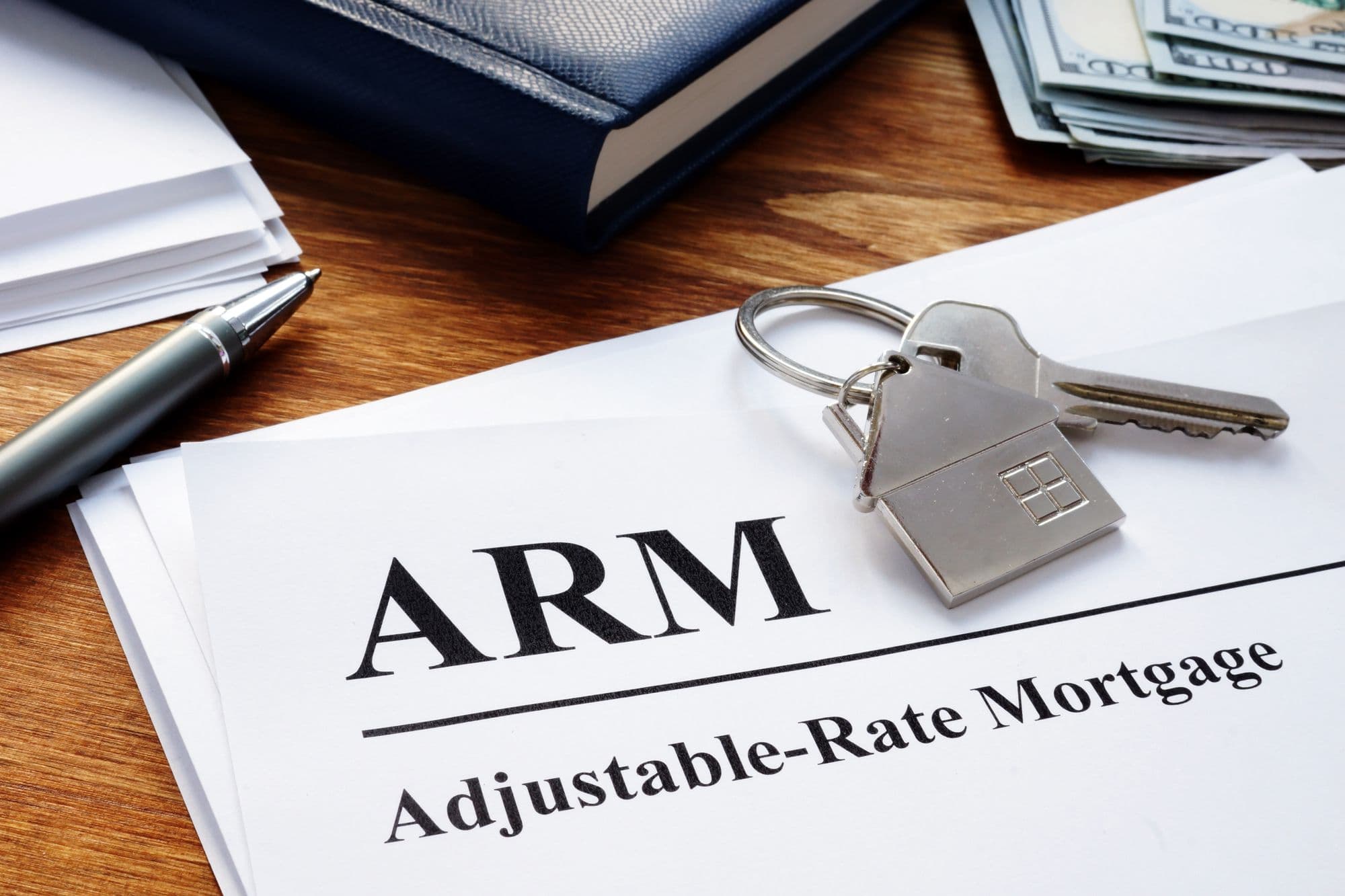What Is a DSCR Loan?

If you’ve ever tried getting a loan as a real estate investor, especially without a steady 9-to-5 income, you know how frustrating and time-consuming it can be. Banks/lenders want pay stubs, tax returns, and a whole stack of paperwork that doesn’t always reflect your actual financial situation. This is where a DSCR loan comes in.
If you’re a real estate investor who is looking to purchase your next rental property, a DSCR loan is definitely worth looking into and considering. This type of loan is often considered as a small business loan, especially when used for real estate investment purposes, and is a lot easier to qualify for compared to a conventional loan. With that being said, it can be more expensive, so keep that in mind when making your decision.
Looking for more information on DSCR loans? Keep reading!
What Is a DSCR Loan?
We touched on this a bit above, but a DSCR loan, short for Debt Service Coverage Ratio loan, is a type of real estate loan that’s based on the cash flow of the property you’re buying, rather than your personal income. Instead of asking how much you make, the lender wants to know whether the property can generate enough rental income to cover the loan payments. If the property pays for itself (or more), it’s considered a safer investment for the lender.
DSCR loans are commonly used by real estate investors buying rental properties, whether it’s a single-family home, a duplex, or even a larger multifamily unit. These loans are especially helpful if you’re self-employed, retired, or simply have a non-traditional income structure that doesn’t fit into the boxes most banks and lenders require.
In short, DSCR loans give you the flexibility to keep growing your rental portfolio without being held back by personal income limits or complicated financial statements.
How Does a DSCR Loan Work?
Unlike conventional loans where your personal finances are front and center, DSCR loans shift the focus to the property’s existing or potential cash flow. The key question lenders want answered is: Can the property cover its own loan payments, taxes, and insurance?
Here’s how it works:
- You find an income-producing property (typically residential rental real estate).
- You apply for a DSCR loan.
- The lender evaluates the Debt Service Coverage Ratio, the relationship between the rental income and the costs of servicing the loan.
- If the ratio meets or exceeds their minimum requirement, you may get approved, even if you don’t have a traditional job or show high personal income.
That’s why DSCR loans are especially popular with full-time real estate investors, self-employed individuals, or anyone looking to scale their rental portfolio without all of the complex hoops and hurdles.
Pros & Cons of a DSCR Loan
Like any type of financing, DSCR loans come with their own set of advantages and trade-offs. Here’s a quick look at the pros and cons to help you decide if this loan structure makes sense for your situation.
The Debt Service Coverage (DSCR) Ratio
There is a simple formula that tells lenders whether the property’s income can support the debt.
The formula is: DSCR = Net Operating Income (NOI) ÷ Debt Service
- Net Operating Income (NOI) is your rental income minus operating expenses (excluding mortgage payments).
- Debt Service is the total annual loan payments (principal and interest).
For example, if a property earns $60,000 per year in net income and your annual mortgage payments are $50,000, the DSCR would be:
DSCR = $60,000 ÷ $50,000 = 1.2
A DSCR of 1.2 means the property generates 20% more income than what’s needed to cover the loan payments. That’s a healthy buffer from a lender’s perspective.
How to Calculate DSCR
Here’s a step-by-step way to calculate the DSCR on a property:
- Determine Gross Rental Income: Let’s say monthly rent is $5,000. Annual income = $5,000 × 12 = $60,000
- Subtract Operating Expenses: Let’s say annual expenses (excluding the mortgage) are $10,000 - Net Operating Income (NOI) = $60,000 - $10,000 = $50,000
- Calculate Annual Debt Service: If your monthly mortgage payment (principal + interest) is $3,500, that’s $42,000 per year
- Divide NOI by Debt Service: DSCR = $50,000 ÷ $42,000 ≈ 1.19
DSCR Loan Calculator
Calculate your Debt Service Coverage Ratio to assess loan eligibility.
What Is a Good DSCR Ratio?
Most lenders want to see a DSCR of at least 1.0, which means the property earns just enough to cover the loan. But that’s the bare minimum.
A DSCR of 1.2 or higher is typically considered strong and gives you a better shot at approval, lower interest rates, and better loan terms.
Here’s a general breakdown:
- Below 1.0: Property doesn’t generate enough to cover the loan (usually not approved)
- 1.0 – 1.15: Risky; may require higher down payment or proof of reserves
- 1.15 – 1.35: Acceptable range for many lenders
- 1.35+: Strong; shows solid cash flow and lower risk. High chance of approval with good terms.
How to Improve Your DSCR
If your DSCR is too low, there are ways to improve it and make your loan more appealing to lenders:
- Increase the Rent: If the market allows, boosting rent can raise your net operating income (NOI).
- Lower Your Expenses: Cut out unnecessary costs like overpriced property management or maintenance.
- Put More Down: A larger down payment reduces the loan amount and your monthly payment.
- Extend the Loan Term: A longer term can lower your monthly payments (though you’ll pay more in interest over time).
- Shop Around: Some lenders accept lower DSCRs, especially if you have strong credit or experience. They view you as less of a liability.
DSCR Loan Requirements
While every lender is different, here are some common requirements for DSCR loans:
- Minimum DSCR: Usually 1.0 to 1.25, depending on the lender
- Credit Score: Often 620 or higher
- Down Payment: Typically 20–30+%
- Property Type: Must be income-producing (single-family rental, multifamily, etc.)
- Lease Agreements: Some lenders may want a lease in place or short-term rental history
- Cash Reserves: You may need a few months of reserves in the bank
Importantly, most DSCR loans are for investment properties only; not primary residences.
Alternatives to DSCR Loans
If a DSCR loan doesn’t work for you, here are a few alternatives to consider:
- Conventional Mortgage Loans: Backed by Fannie Mae or Freddie Mac, but require income verification and often stricter underwriting.
- Portfolio Loans: These are held by the lender instead of being sold on the secondary market, giving them more flexibility with qualifications.
- Hard Money Loans: Short-term and high-interest, but easier to qualify for; ideal for flips or fast closings.
- HELOC or Cash-Out Refinance: Tap into existing equity to fund another purchase without taking on a new mortgage right away.
Final Thoughts
If you’re working on building a rental property portfolio, DSCR loans can be a game changer. They let you qualify based on the income potential of the property, not your personal tax returns or W-2s. That’s huge, especially if you’re self-employed, scaling quickly, or just tired of jumping through hoops to prove you’re “loan-worthy.”
Of course, like any financing option, they’re not perfect. DSCR loans can come with higher down payments, interest rates, and stricter cash flow requirements, so it’s important to run the numbers and know where you stand. But if the property performs well and your DSCR is solid, this type of loan can open doors that traditional financing might not.
FAQs About What Is a DSCR Loan?
1. Who is a DSCR loan best for?
DSCR loans are ideal for real estate investors, especially those who are self-employed, retired, or have multiple income streams that are difficult to document through traditional means.
2. Can I use a DSCR loan for a short-term rental like Airbnb?
Yes, many lenders allow DSCR loans for short-term rentals, but they may require proof of rental history or projected income based on local market rates.
3. Do I need a high credit score to qualify for a DSCR loan?
While requirements vary by lender, most look for a credit score of 620 or higher. The better your credit, the better your loan terms will likely be.
4. How much do I need to put down for a DSCR loan?
Most lenders require a down payment of 20–30%, depending on the property type, your credit score, and the strength of the property’s cash flow.
5. Can I refinance with a DSCR loan?
Yes, many investors use DSCR loans for cash-out refinancing or to restructure their current investment property debt, again, based on the property’s income.
Read More
How Do Home Equity Loans Work and How Do You Get One in 2025?
Wondering how home equity loans work? Learn how to tap into your home’s value in 2025, what’s required, and how to get the money you need.
What Is a 5/1 ARM Loan?
What is a 5/1 ARM loan? Learn how it works, pros and cons, requirements, examples, and whether this adjustable-rate mortgage is right for you.
Top 5 VA Home Loan Benefits
Learn the top VA home loan benefits, including no down payment, no PMI, flexible credit guidelines, and low interest rates for eligible buyers.
Variable vs Fixed Rate Mortgage: Which One Makes Better Sense For You?
Compare variable rate vs fixed rate mortgages. Learn which loan type is better for your budget, timeline, and interest rate goals in this clear guide.
What Is an Adjustable-Rate Mortgage (ARM)?
Wondering if an ARM is right for you? Learn how adjustable-rate mortgages work, their pros and cons, and when they can save you money.







